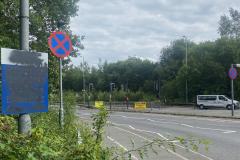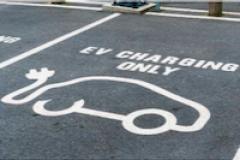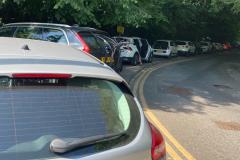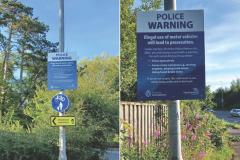Above are photos of this morning's partial solar eclipse, the first four are still frames from a video taken by Richard Bullock. The slightly purple hue is due to the use of a solar filter.
Richard filmed this on the Carnival Field today. In the second photo, which was taken in natural light as the clouds are rolling in, a bird flies right through the solar eclipse, about 15 minutes after maximum eclipse.
Richard has also produced a a 30x time-lapse video of the eclipse, covering the roughly 35 minutes or so either side of maximum eclipse where it wasn't cloudy.
The last photo was kindly sent to us by David Pearce.















Comments
Here's what readers have had to say so far. Why not add your thoughts below.
The eclipse modified the solar wind which altered the propagation of radio waves. An additional grey line between light and dark occurred.
A number of amateur radio stations conducted communication experiments along the eclipse path. The results are being coordinated by The Radio Society of Great Britain.
I will report our findings. Also, Wilmslow's amateur radio club meets every Sunday 8:00pm at Morley Green Social Club.
The use of the reverse beacon network (RBN) and Morse code meant that the received signal to noise ratios of those taking part could be automatically logged.
Other stations, including some in Iceland and the Faroe Islands, used WSPR—the Weak Signal Propagation Reporter—to test propagation on paths around Europe.
All this data is now available for RSGB members to download and analyse themselves on the RSGB’s Radio Propagation Questions forum.
The early indications are that propagation around the UK on the lower frequencies improved as predicted as the D region of the ionosphere diminished during the eclipse.
This meant that skywave signals were not attenuated as much and were able to be returned from the higher layers, just as they are at night.
Meanwhile, propagation around the UK on the higher bands, including 5 and 7MHz, became noticeably worse as the F region declined and the critical frequency reduced.
Signals going straight up were unable to be returned back to Earth due to lower ionisation levels in the E and F regions.
Conditions returned to normal as the eclipse ended.